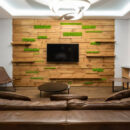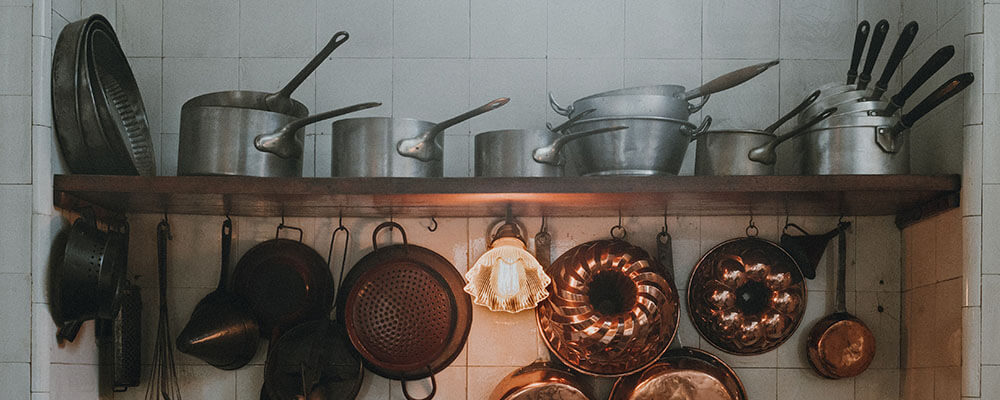
Reface Or Replace Your Kitchen Cabinets, Which Is Right For You?
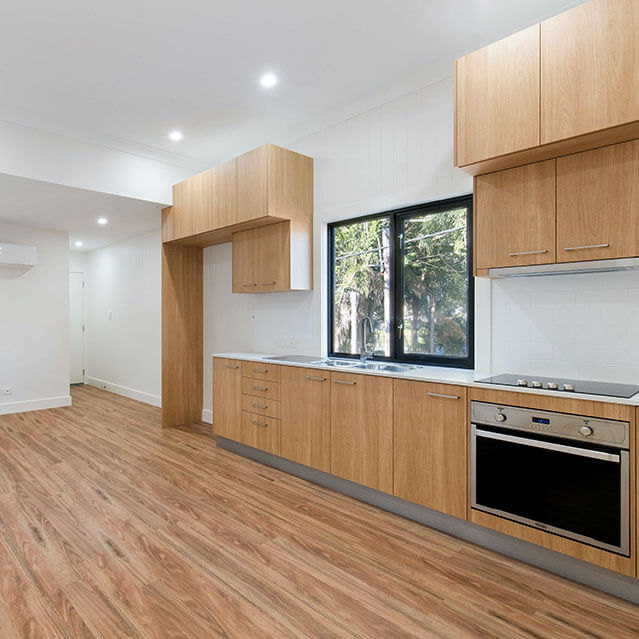
If a new room design is in your future, you have a lot of decisions to make. For example, what will you do with your kitchen and its cabinets? Most people are not even aware that they have options.
In the past, if you did not want to replace your kitchen cabinets, your only alternative was to repaint them. You can still do this with some cabinets, but not all. Cabinet refacing is now another popular option. So, now you have a choice to make – reface or replace your kitchen cabinets?
Refacing vs. Replacing Kitchen Cabinets – What is the Difference?
Cabinet refacing involves two things. First, you install new cabinet doors and drawer fronts. Then, you veneer the cabinet boxes. Most people also choose to install new cabinet hardware as well. If any of your drawers have problems with the tracks, you can also get these repaired.
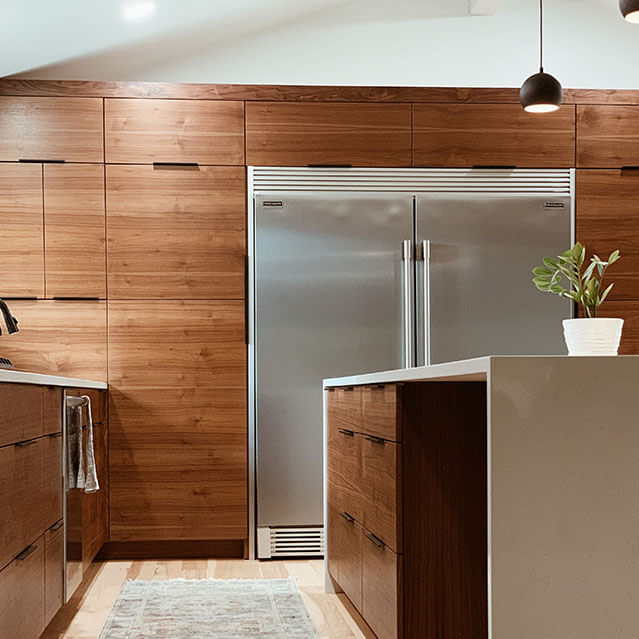
Cabinet replacement is more involved. First, your existing cabinets must be removed, which also means you must empty them. Experienced installers will need to come in for the installation.
They will measure, set, and level your base cabinets so that everything remains perfect for years to come. If this critical step is not done properly, it could cause issues in the future. Next, installers will hang your wall cabinets, connect your doors, and install your hardware.
What Are the Pros and Cons of Refacing Kitchen Cabinets?
If you are leaning towards refacing your kitchen cabinets, it’s a good idea to understand the pro and cons.
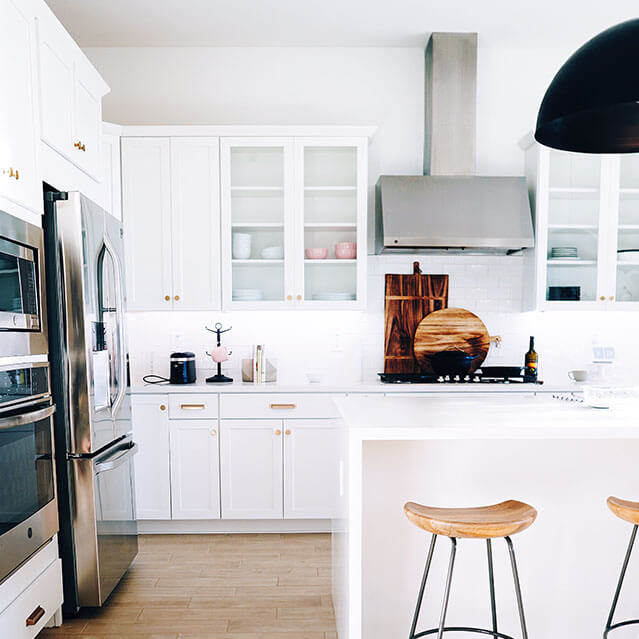
The benefits of refacing kitchen cabinets include:
- Refacing costs less than replacing your cabinets.
- Refacing takes less time than replacement.
- You can keep using your cabinets during the process.
- Refacing is a more environmentally friendly solution because you aren’t tossing your old cabinets into a landfill.
Some of the potential drawbacks of refacing kitchen cabinets include:
- If your kitchen design is terrible, refacing your cabinets will not fix it.
- You might have limited customization options with refacing.
- Ordering the most expensive refacing options might be tempting.
What Are the Pros and Cons of Cabinet Replacement?
Maybe you want something entirely new. Again, weigh your options.
The pros of kitchen cabinet replacement include:
- You may be able to partially re-design your kitchen when you replace cabinets.
- If your existing cabinets are damaged, replacing them is the best option.
The potential cons of kitchen cabinet replacement include:
- The demo can be harsh and might even damage other parts of your kitchen.
- You have to move out of your kitchen (partially) to get this done.
- Kitchen cabinet replacement costs substantially more than other options.
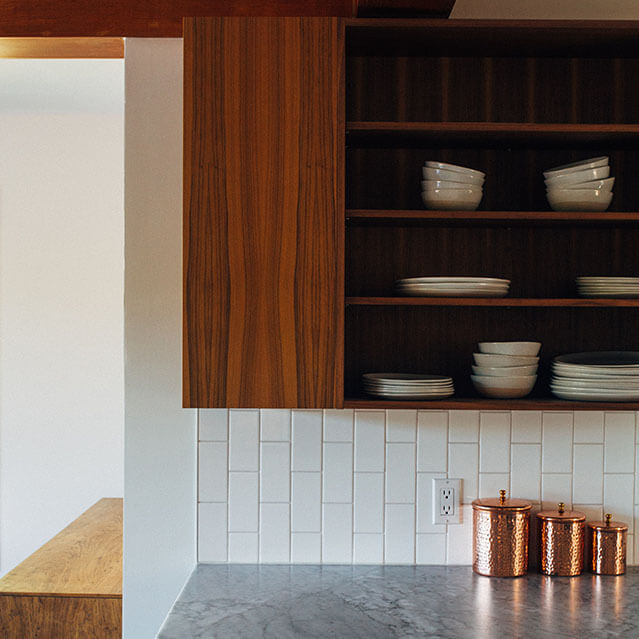
Can You Reface or Replace Cabinets Yourself?
Both kitchen cabinet refacing and replacement are challenging projects. Either would be difficult for the do-it-yourselfer to get right due to a steep learning curve.

With refacing, you need to know how to veneer cabinets. Replacing is a lot of heavy lifting and dirty work.
There is another reason you may not want to tackle either project on your own – lead paint. If you own an older home, you might have an issue with lead. Cabinets that were painted prior to 1978 probably have paint with lead in it.
Sanding, demolishing, and handling cabinets that contain lead can be incredibly dangerous. Contractors are required by law to take special precautions when handling these materials.
The Different Options for Kitchen Cabinet Refacing
When you reface your kitchen cabinets, you will have several options. This impacts the quality of the product you get as well as how much you are going to spend. Your choices include:
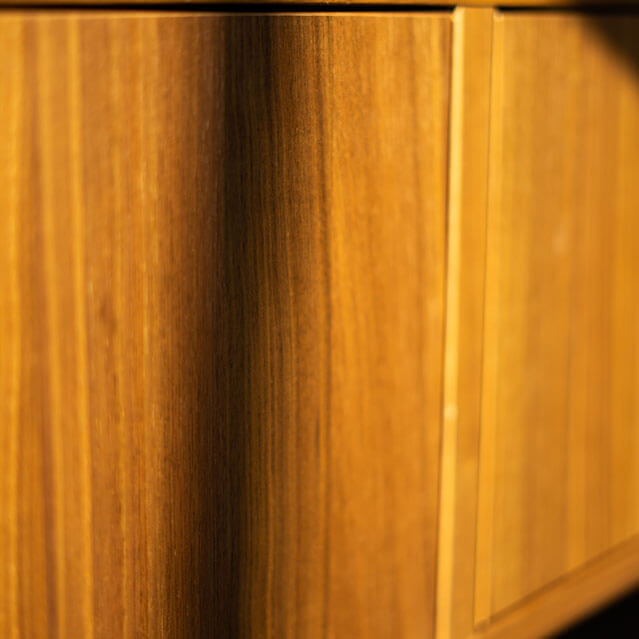
- Rigid Thermofil (RTF) – RTF doors are characterized by a fiberboard base that is coated by durable plastic. This is the most affordable cabinet refacing option.
- Plastic Laminate – This is a mid-priced option for refacing kitchen cabinets. The material is moisture-resistant and durable and comes in a wide variety of colors.
- Real Wood Veneer – This is the most expensive cabinet refacing option. The veneers include various species such as cherry, oak, and maple and are available in a variety of stains. The wood needs to be sealed properly to protect against moisture.
How Much Does Kitchen Cabinet Refacing vs. Replacement Cost?
If you are on a budget, cabinet refacing is the most cost-effective option. In fact, you can reface your existing kitchen cabinets for about half the cost of replacing them. While you do not have quite as many options as you would with replacement, you still get to customize the way your cabinets will look.

Assuming your kitchen is about 10’ x 12’, the cost to reface your cabinets with a professional should run anywhere from $1,000-$3,000 for a laminate and up to $6,000 for real wood veneer. If you want to replace your cabinet hardware, you could spend anywhere from $100-$1,000 for new hinges, knobs, and pulls.
In comparison, you will spend much more to completely replace your kitchen cabinets. For the same size kitchen, expect to spend up to $5,000 for stock cabinets, and up to $10,000 for semi-custom cabinets. For fully custom kitchen cabinets, the price can reach as high as $20,000.
How to Tell if Refacing is Right for You
Refacing your kitchen cabinets might sound compelling. If you are envisioning taking on this project, here is a checklist to help you decide if this is the best choice:
1. You like your current layout.
Since cabinet refacing does not involve demolition, moving walls, outlets, HVAC systems, or other parts of your kitchen, it is the best option only if you love your current room layout. If a new room design is your goal, you might want to choose something else.
Some professionals do offer hybrid refacing. What is that? It is essentially refacing your kitchen cabinets with some replacement elements. You could expand your cabinets or even add an island.
2. Your cabinets are solid.
For refacing to work, your existing cabinets must be in good condition overall. Remember, you will be keeping the foundation of your cabinets. If anything is rotten, warped, or broken, refacing may not be a viable option.
3. You are on a tight budget.
If money is a primary concern, you should reface your kitchen cabinets. Choosing this route will save you a ton of cash. Even if you hire a professional for the job, refacing involves less labor and material replacement, so less cost.
4. Time is not on your side
You might not be excited about getting kicked out of your kitchen for 6-8 weeks while a full remodel takes place. If you are in a time crunch or just don’t want to deal with this hassle, choose refacing. It can be over and done with in about a week.
5. You want to change your look.
Your choices are endless with a full kitchen remodel. But that does not mean you don’t have options with refacing. You still have plenty. You will get to choose from various materials, door styles, stain/paint colors, and hardware to change the look of your kitchen cabinets into something you’ll enjoy.
When it comes to updating your kitchen cabinets, you can choose to either reface or replace. A new room design is a major undertaking, so you should consider your options and goals to figure out which is the right path for you.











